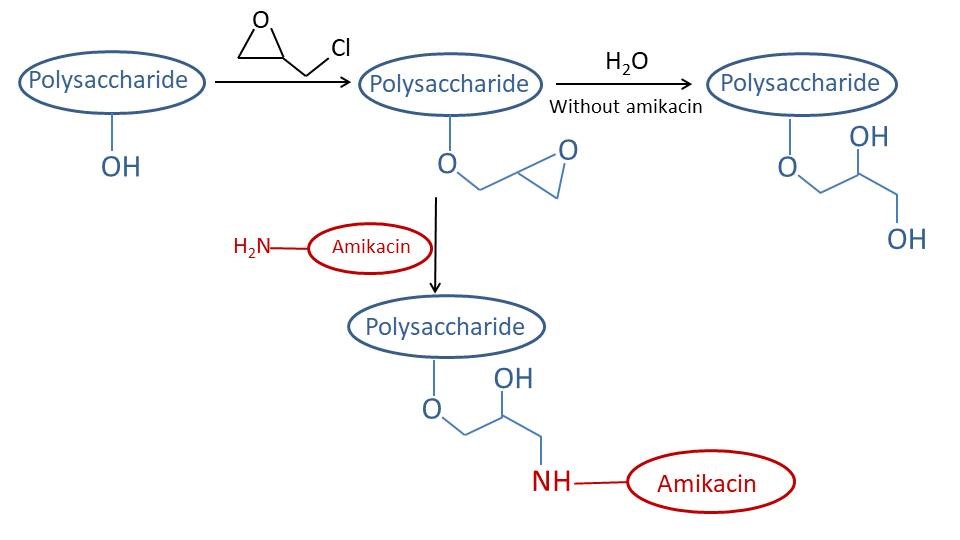CONFERENCE PROCEEDING
Gel coatings of bone implants based on modified polysaccharides with immobilized antibiotics for use in regenerative medicine
1
Dmitri Mendeleev University of Chemical Technology of Russia, Moscow, Russia
2
MIREA Russian Technological University, Moscow, Russia
Publication date: 2021-09-27
Public Health Toxicol 2021;1(Supplement Supplement 1):A37
ABSTRACT
A variety of biomaterials are widely used in modern regenerative medicine. Particularly in traumatology, products made from chemically stabilized bone matrices are used. Throughout the entire life of the implant, long-term protection against bacterial infection is required. Unlike living bone, a bioprosthesis is not able to resist bacterial attack on its own. This study was carried out within the framework of the general concept of creating physiologically active biocomposite materials and devoted to the creation of materials necessary for replacement of damaged bone tissue capable of locally releasing antibiotics into the bloodstream. A method has been developed for treating biological tissue (bovine bone) used as the basis for a physiologically active biocomposite. It contains a polymeric active bioabsorbable polysaccharide gel cross-linked with epichlorohydrin and bis-epoxides under alkaline conditions. Commonly used clinical blood substitutes hydroxyethyl starch and dextran as well as hydroxyethyl cellulose was used as a polysaccharide base.
Comparative tests of the bacteriostatic effect of the gel layer were carried out using the method of inhibition of the growth of the culture of Staphylococcus aureus P209 on agar medium. When the bioprosthesis comes into contact with the staphylococcus lawn a zone of growth inhibition is observed in a day around the sample, under the samples and on their surface. Thus, the release of amikacin occurs locally under the influence of a bacterial attack and stops with the destruction and removal of bacteria.

The dynamics of antibiotic release was studied. It has been shown that in the absence of bacterial attack, the dextran-based gel does not decompose or release an antibiotic into the bloodstream. Under the influence of the dextranase enzyme released by staphylococcus, the gel decomposes with local antibiotic release, which provides local protection against bacterial attack. The effectiveness of the protection was confirmed in the in vitro experiments.
FUNDING
The work was supported by Ministry of Education and Science of the Russian Federation as part of the state assignment for the FSSM-2020-0004 project.
We process personal data collected when visiting the website. The function of obtaining information about users and their behavior is carried out by voluntarily entered information in forms and saving cookies in end devices. Data, including cookies, are used to provide services, improve the user experience and to analyze the traffic in accordance with the Privacy policy. Data are also collected and processed by Google Analytics tool (more).
You can change cookies settings in your browser. Restricted use of cookies in the browser configuration may affect some functionalities of the website.
You can change cookies settings in your browser. Restricted use of cookies in the browser configuration may affect some functionalities of the website.

